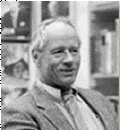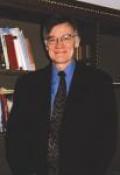Paul Berman
Paul Berman is a contributing editor at The New Republic, and serves on the faculty of the Arthur L. Carter Journalism Institute at NYU. A noted scholar on political ideologies, American history, and the modern Middle East, Berman has been awarded a MacArthur Fellowship and the Berlin Bosch Prize. Some of his well-known books include A Tale of Two Utopias: The Political Journey of the Generation of 1968 (Norton 1997), Terror and Liberalism (Norton 2003), and The Flight of the Intellectuals: The Controversy Over Islamism and the Press (Melville House 2011).






